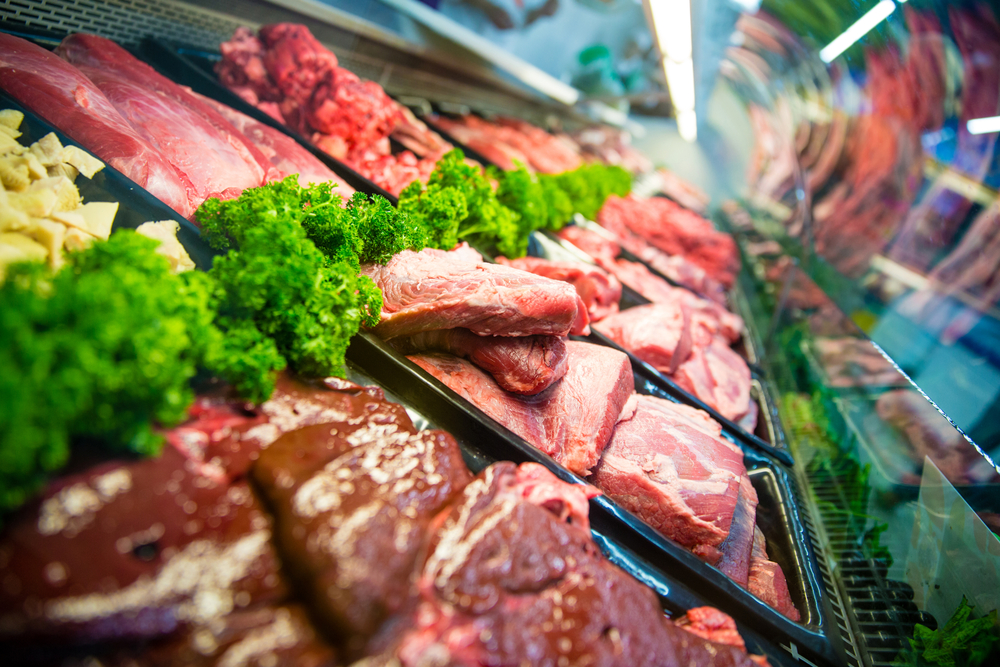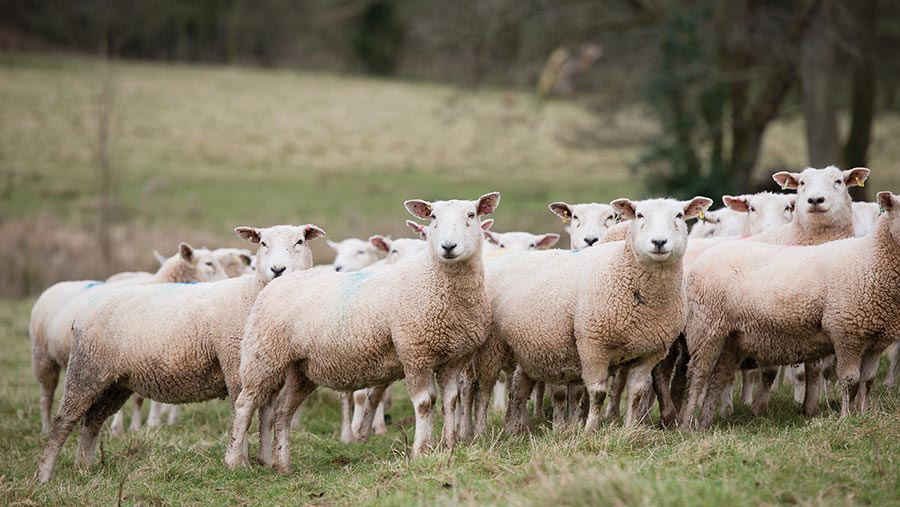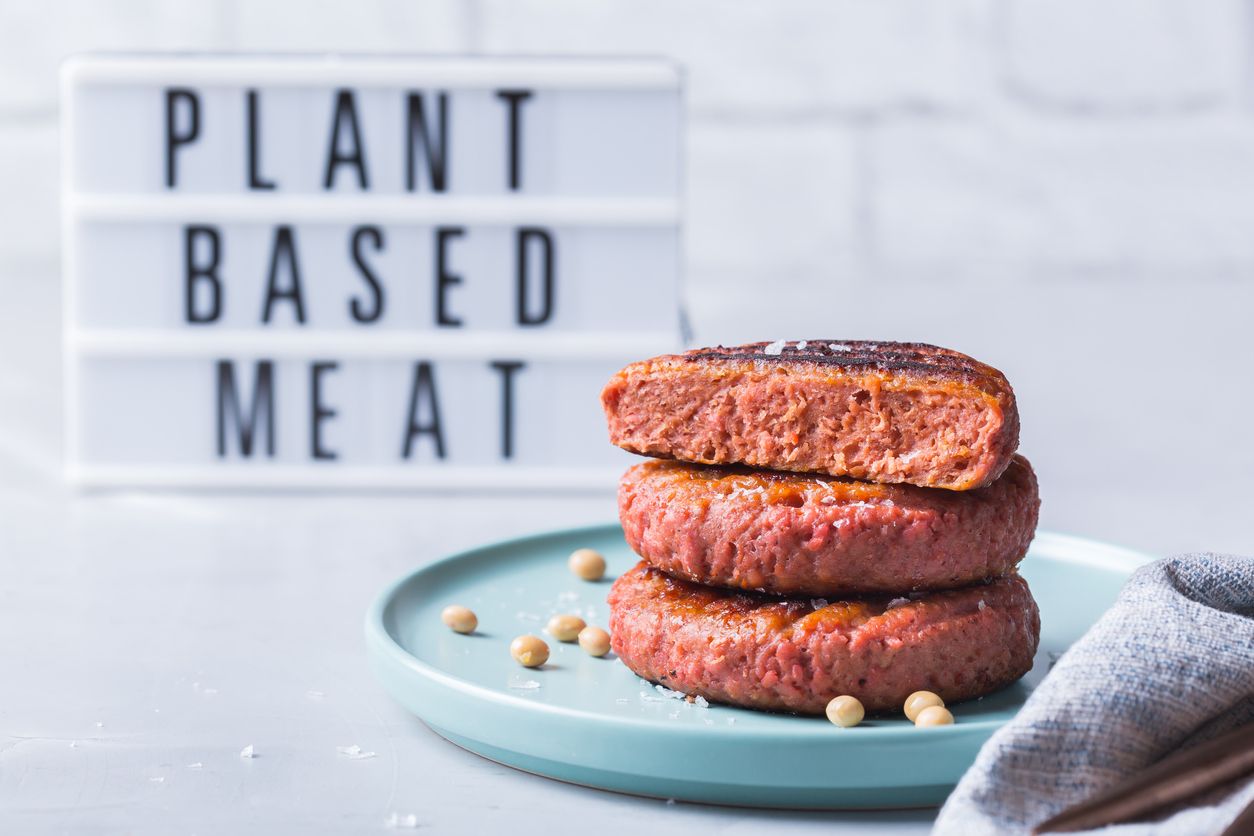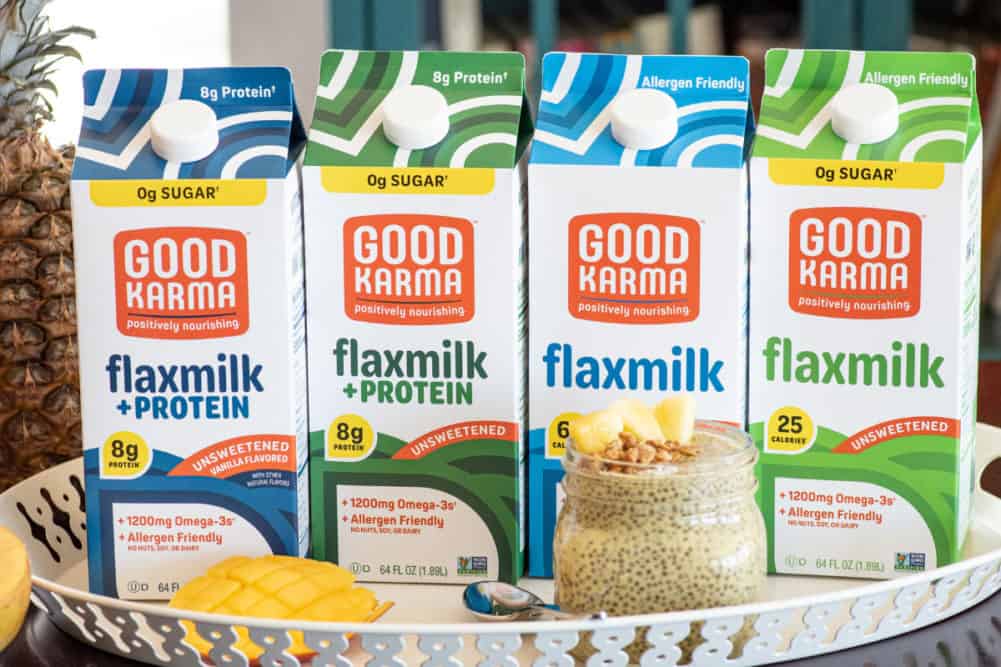The United States Department of Agriculture (USDA) recently approved a low-carbon beef Label, to distinguish meat that is more sustainably raised and more expensive than the rest. Obtaining the label is subject to conditions: Breeders must demonstrate at least 10 percent of greenhouse gas emissions below the standard procedure.
harmful livestock

Producing one kilogram of beef produces about 100 kilograms of carbon dioxide Release, which is by far the highest emissions among foods. A kilo of chicken produces about 10 kilos of carbon dioxide, and the same number of peas emits only one kilo. So a 10 percent cut in beef status won’t save our planet, but breeders are trying to influence consumers who are conscious of it. And more and more conscious shoppers—three-quarters of Generation Z in America are like this—are looking for sustainable, recycled or eco-friendly products.
Animal husbandry is responsible for 14.5 percent of greenhouse gases, and livestock in animal husbandry accounts for 65 percent.
The Food and Agriculture Organization of the United Nations (FAO) has already come up with a number of ideas to reduce emissions from raising livestock. For example, feed quality or the use of waste as feed can be improved, losses can be reduced for a circular bioeconomy, and nature-based solutions are recommended to increase CO balance—such as soil carbon sequestration through renewable grazing.
Advantages and disadvantages of regenerative grazing

The essence of this type of grazing is that on natural, uncultivated soils, where plants grow on their own and develop normally, animals eat only what they find on pasture. The great advantage of regenerative agriculture is that precipitation only gradually reaches the untreated and uncultivated soil, but it is better preserved in the deeper layers. This natural management transforms previously degraded farmland into pastureland, temporarily improving soil carbon sequestration. According to data from the Food and Agriculture Organization of the United Nations, 23 percent of North American farmland is cultivated in this way, but South America is also at the forefront of renewable agriculture. In Europe, the Finns are their biggest fans.
But cattle grazed in this way require 40 to 150 percent more space, grass-fed animals emit more methane than grain-fed animals, and they produce 30 percent less meat (they grow more slowly). The transition to regenerative grazing could work effectively if we were willing to eat much less beef but more expensive. The big question is, are we able to make a difference in protecting the planet?







